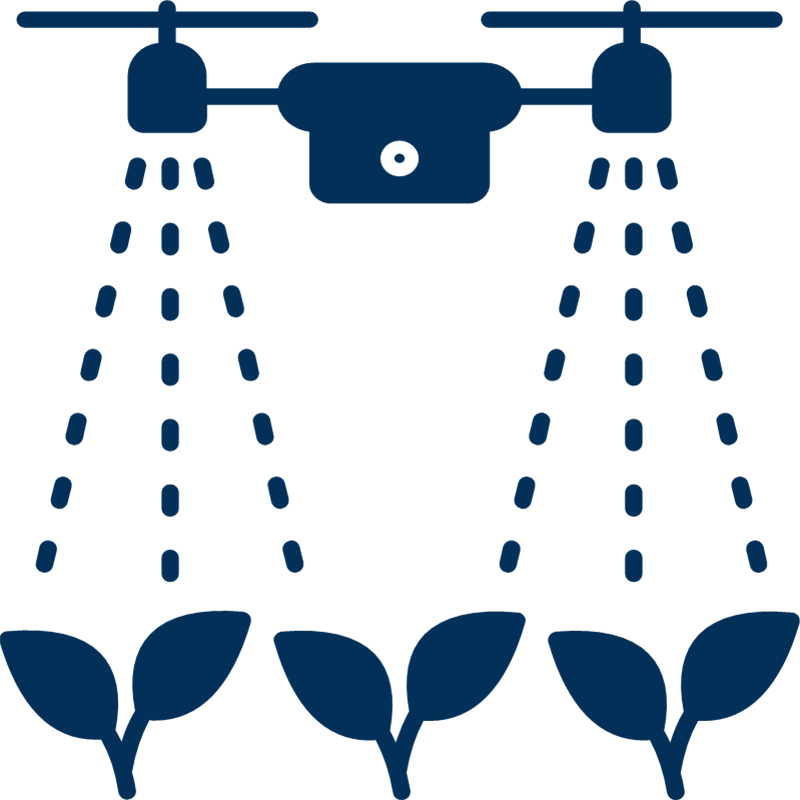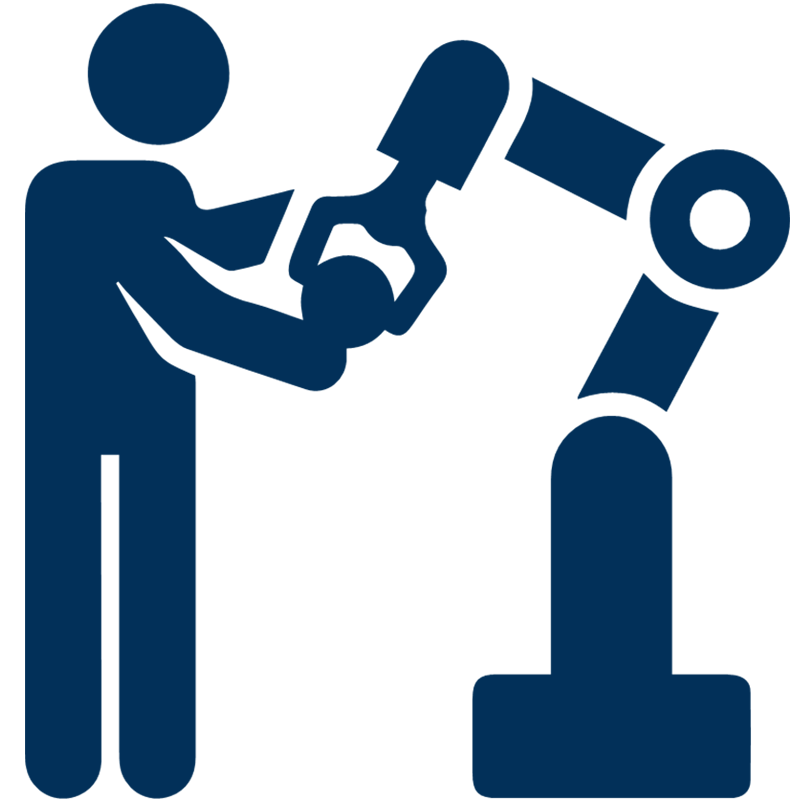|

|
Additive Manufacturing
3D printing, also known as additive manufacturing (AM), refers to processes used to synthesize a three-dimensional object from successive layers of material. These objects can be of almost any shape or geometry, and are produced from a 3D model or other data source.
|
|

|
Advanced Metering Infrastructure
Unlike the current electric meter, the TOU meter records the total kilowatt-hour consumption, and the meter's computerized clock keeps track of the energy use during different times of the day and year.CHALLENGES / REQUIREMENTS - A system is needed to implement pay-as-you-useSTAKEHOLDERS - Utility usersKEY OBJECTIVES - Improve utility services and visibility- Enhance reliability of utility services- To detect utilities real-time consumption and usage outletsTYPICAL SYSTEM CAPABILITIES - Smart meters provide real-time utility usage data to centralized systemUSAGE VIEWPOINT - Smart meters can detect the use and feedback the data to central monitoring and billing system - The central system keeps the logs and generates bills as peruseFUNCTIONAL VIEWPOINT - Sensors: Flow, Current and voltage sensors- Network: Wide Area Network (WAN)- Standards: - Augmented Intelligence: Descriptive analysis- Augmented Behavior: Machine-to-machine (M2M) interfaces
|
|

|
Advanced Production Planning and Scheduling
|
|

|
Agricultural Drones
Using drones for crop surveillance can drastically increase farm crop yields while minimizing the cost of walking the fields or airplane fly-over filming.
|
|

|
Agriculture Disease & Pest Management
|
|
|
AI Copilot
|
|
.png)
|
Asset Health Management (AHM)
Asset Efficiency refers to the process of analyzing the health of an asset. The health of an asset in itself relates to the asset's utility, its need to be replaced, and its need for maintenance. The Use Case is broken down into three key components:-Monitoring: Tracking the actual health and viability of the asset-Diagnostic Analysis: Comparing new, real-time data to relevant data from the past in order to detect any anomalies-Prognostics: Given past data, algorithms are developed to determine the remaining useful life of an asset
|
|

|
Asset Lifecycle Management
|
|

|
Augmented Reality
|
|

|
Automated Disease Diagnosis
|
|

|
Automatic Palletizing & Depalletizing Systems
|
|

|
Autonomous Robots
Autonomous robots are intelligent machines capable of performing tasks in the world independently, without direct human control. Examples range from autonomous helicopters to industrial production robots.
|
|

|
Autonomous Transportation
|
|

|
Autonomous Transport Systems
Autonomous transportation describes systems that provide unmanned, autonomous transfer of equipment, baggage, people, information or resources from point-to-point with minimal intervention.
|
|

|
Behavior & Emotion Tracking
|
|

|
Building Automation & Control
Building Automation and Controls (BAC) are a combination of hardware and software that control a building’s power systems; lighting and illumination; electric power and control; security, observation and magnetic card access; heating, ventilation and air-conditioning systems (HVAC); outdoor controls; lift, elevator and escalator controls; entertainment and BMS (Building Management Systems).
|
|

|
Building Energy Management
Building Energy Management Systems (BEMS) are computer-based systems that help to manage, control and monitor building technical services (HVAC, lighting etc.) and the energy consumption of devices used by the building. They provide the information and the tools that building managers need both to understand the energy usage of their buildings and to control and improve their buildings’ energy performance.CHALLENGES / REQUIREMENTS- Energy costs are rising due to the depletion of fossil fuels, increasing regulation, and geopolitical instability - Most buildings lack instrumentation to track energy consumption data and software to visualize and analyze energy consumption patterns- Without visibility, stakeholders are unable to take action to address potential problem areas such as air conditioning systems, lighting systems, and ventilatorsSTAKEHOLDERS- Building owners and operators- Residents or employees- Local government KEY OBJECTIVES- Reduce energy consumption by optimizing usage behavior- Develop an ‘energy command center’ to visualize energy consumption - Compare, predict and analyze energy consumption and performance across floors, rooms or working spaces- Govern behavior with alerts and notification TYPICAL SYSTEM CAPABILITIES- Monitor the consumption and requirement of the energy in components- Analyze the available consumption data- Control the usage of energy consuming components in the premises by keeping same or improving the user experience- Control power generation, storage, distribution and sharing with other grids according to the requirements USAGE VIEWPOINT- Monitor energy consumption at the macro and micro level, from buildings to floors, to equipment and offices - Visualize energy consumption to identify patterns and trends that can be acted upon- Optimize consumption by planning and controlling usage - Utilize energy optimization algorithms to manage usage during peak periods and low use periods FUNCTIONAL VIEWPOINT- Sensors: position, occupancy, motion, light, temperature, humidity- Network: Local Area Network (LAN)- Standards: - Augmented Intelligence: Descriptive analytics- Augmented Behavior: Machine-to-machine (M2M) interfaces
|
|

|
Campus Area Network
|
|

|
Chatbots
|
|

|
Clinical Image Analysis
|
|

|
Collaborative Robotics
A flexible form of human-machine interaction where the user is in direct contact with the robot while he is guiding and training it.
|
|

|
Computer Vision
|
|

|
Condition Monitoring
|
|

|
Construction Management
|
|

|
Construction Site Monitoring
|
|

|
Continuous Emission Monitoring Systems
Continuous emission monitoring systems (CEMS) are used to monitor flue gas for oxygen, carbon monoxide and carbon dioxide to provide information for combustion control in industrial settings.
|
|

|
Counterfeit Product Identification
|
|

|
Cybersecurity
|
|

|
Demand Planning & Forecasting
|
|

|
Digital Thread
To collect information in the design, manufacturing, service, supply-chain setup and provide access to and intelligent analytics for industrial manufacturing and performance data, to identify the root cause easier. Such insights can improve not only service and owner/operator productivity, but also provide critical feedback to the design engineering and manufacturing operations teams for continuous improvement.
|
 338 Nanjing West Road. Tian'an
338 Nanjing West Road. Tian'an  Im Mediapark 5
Im Mediapark 5